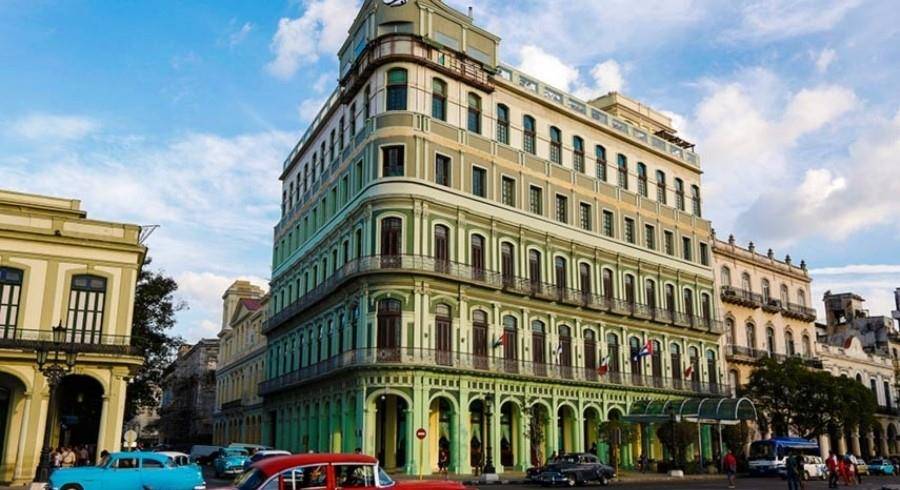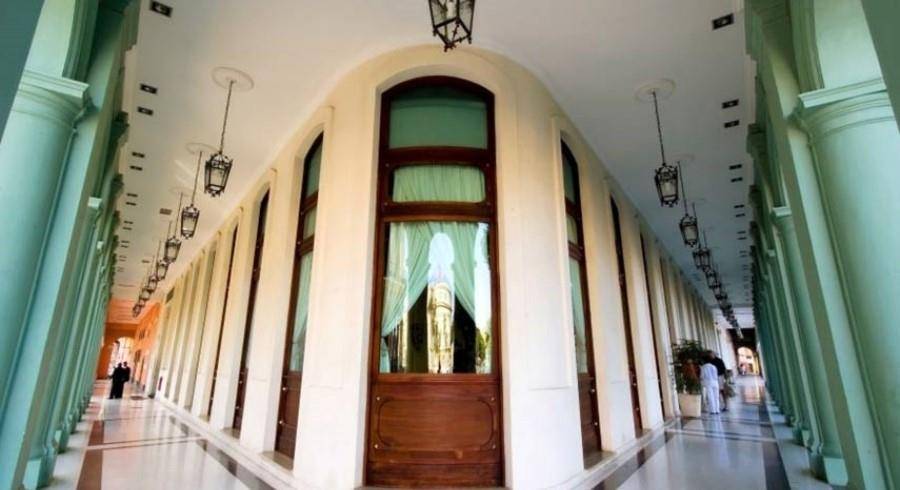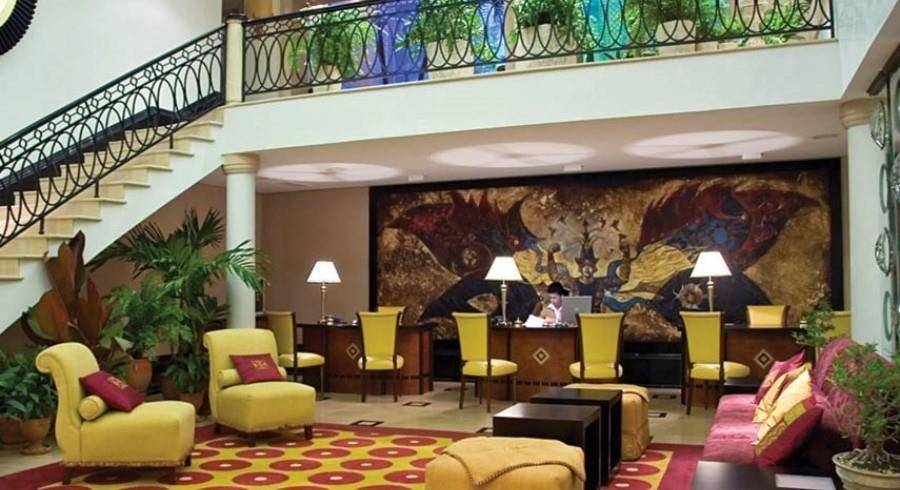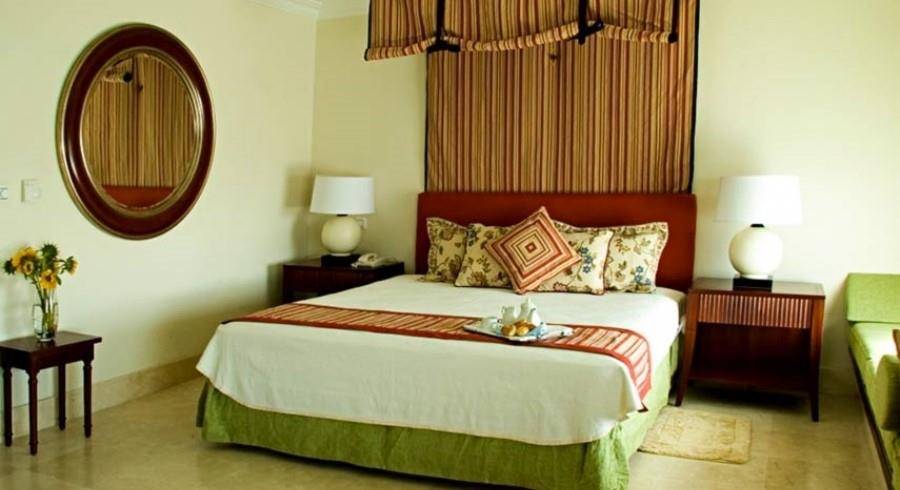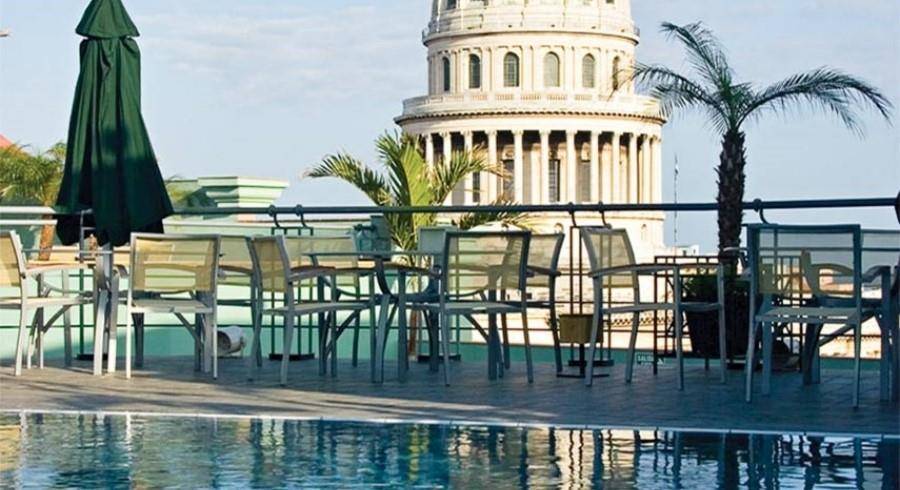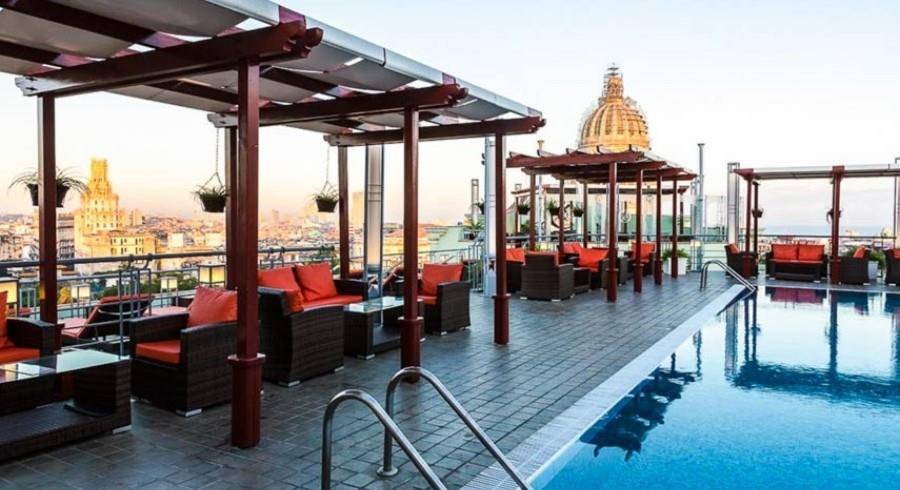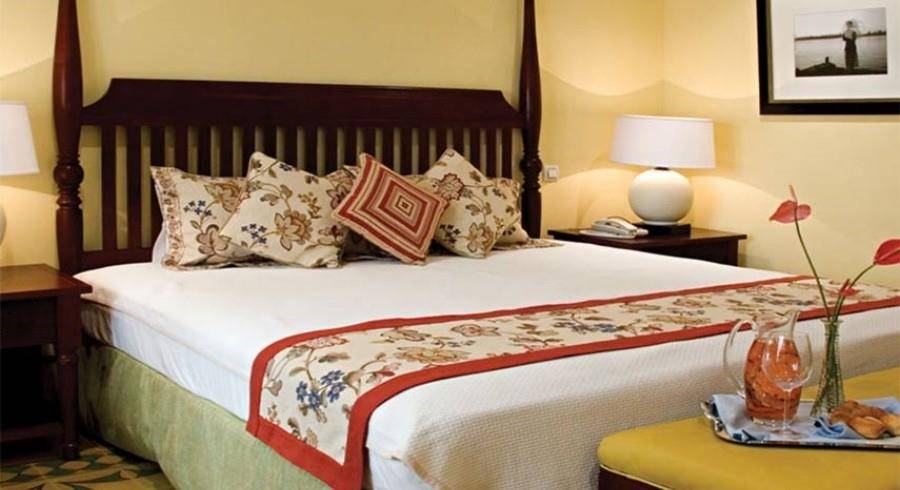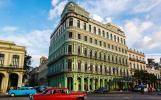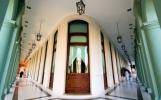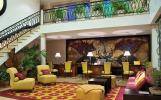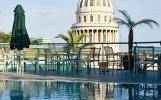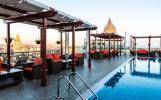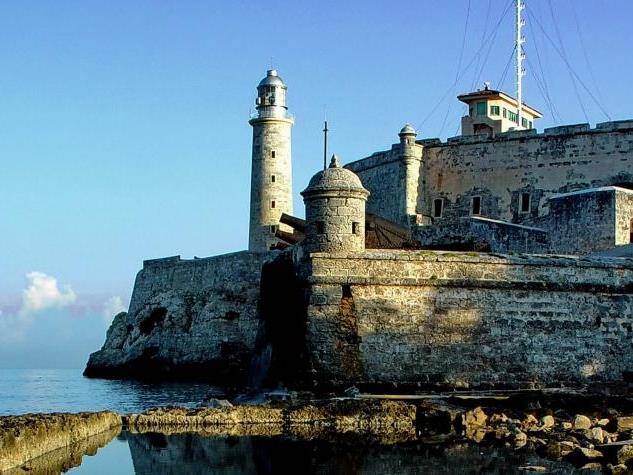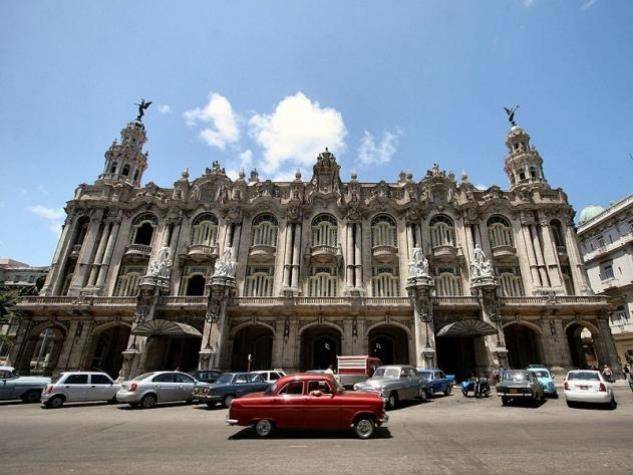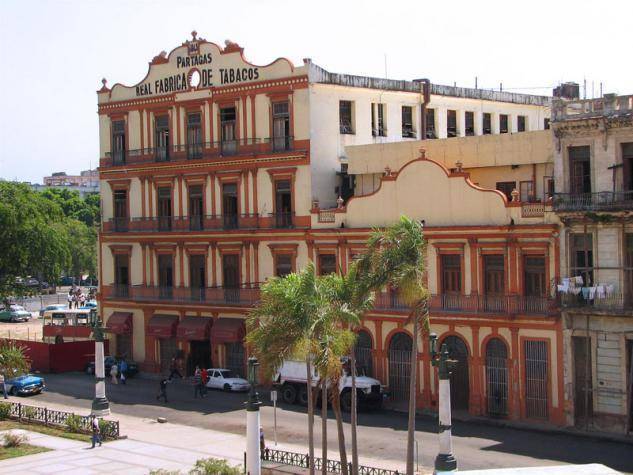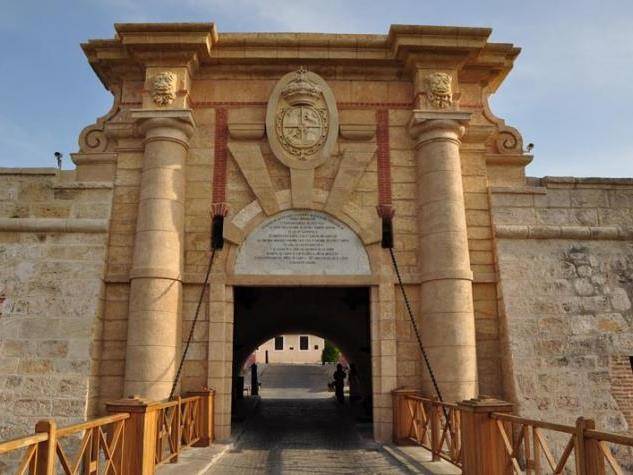
San Carlos de La Cabaña Fortress
The vast Fortaleza de San Carlos de la Cabaña, known as ‘La Cabaña’, running beside the harbor, was constructed after the English capture of Havana in 1763. The largest of the military structures built by Spain in the Americas, this fortress was completed in 1774 and its presence formed an effective complete deterrent against the country's enemies. The polygon, occupying an area of around 10 hectares, consists of bastions, ravelins, moats, covered walkways, barracks, squares and stores. It is impressively well preserved, and the gardens and ramparts are romantically lit in the evening. This fortress hosts the spectacular nightly ceremony of El Cañonazo de las Nueve (cannon fire at 9), the firing of a cannon that marked the closing of the city gates, one of Havana's longest-held and most attractive traditions.

